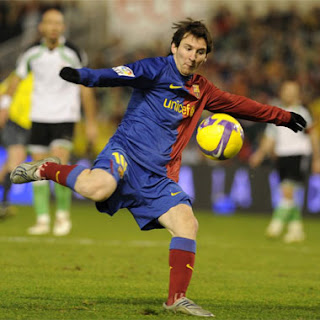Ivan Pavlov:
1. What was Pavlov actually studying when he developed his theory of classical conditioning?
Pavlov was studying the digestive system and his experiment was the salivation in dogs when they were presented with food.
2. Explain (in detail) how Pavlov's experiment was conducted.
In the experiment conducted by Pavlov, he used a dog surgically prepared so that measurements of salivary flow could be obtained. The dog was given food and the salivation would be measured. The experiment went wrong because the dog started to relate the sound of footsteps, a bell or a metronome to food, so he started to salivate before the food was given.
3. Identify the conditioned stimulus, the unconditioned stimulus and the conditioned response from Pavlov's experiment.
The meat is the unconditioned stimulus, the conditioned stimulus is the bell presented with food and the conditioned response is when the dog salivated because of the bell.
4. Explain what extinction means in relation to classical conditioning.
Extinction is the gradual weakening and eventual disappearance of the conditioned response tendency. Extinction occurs from multiple presentations of the conditioned stimuli without the unconditioned stimuli.
5. Explain what stimulus generalization means in relation to classical conditioning.
Stimulus generalization is a response to a specific stimulus becoming associated to other stimuli (similar stimuli) and now occurs to those other similar stimuli. An example would be the generalization of a fear, like fear to all dogs when only attacked by a specific one.
6. Explain what stimulus discrimination means in relation to classical conditioning.
Stimulus discrimination is learning to respond to one stimulus and not another.
7. Explain at least two limitations of this experiment.
Some limitations of this experiment was that Pavlov only used two dogs to test this theory. Also, Pavlov never tested humans so we do not know if this also applies to human beings.
8. Explain what Pavlov theorized about how we learn.
He theorized that when you pair a neutral stimulus with an unconditioned stimulus the neutral stimulus takes on the same meaning—it becomes conditioned.
John B. Watson:
1. Explain (in detail) how Watson's "Little Albert" study was conducted.
Watson got a baby named for the study as Albert and he was exposed with rats and other furry objects; at first there was no fear. Later on, he presented the same animals and object but bow with a loud noise that made him cry and showed fear. Afterwards, “Little Albert” would cry and show fear each time he saw the animal or object without the noise.
2. Identify the conditioned stimulus, the unconditioned stimulus and the conditioned response from Watson's study
Conditioned Stimulus: The rat and the fury objects presented to “little Albert”.
Unconditioned Stimulus: Loud sound.
Conditioned Response: Fear that Albert showed toward rats and furry objects.
3. Explain at least two limitations of this study.
Some limitations of this study are that Watson only used one child and that this study was unethical so it cannot be replicated.
4. Explain Watson's law of frequency.
His law of frequency said that the more frequent a stimulus and response to occur in association with each other, the stronger that habit will become.
5. Explain Watson's law of recency.
Watson’s law of recency said that the response that has most recently occurred after a particular stimulus is the response most likely to be associated with that stimulus.
6. Explain the basic assumptions of behaviorism according to Watson.
Watson’s basic assumptions of behaviorism were that all behavior is determined by our environment, that the primary means of investigating learning is by observation and that the learning process can be studied more objectively when the focus of study is on stimuli and responses.
WORKS CITED:











